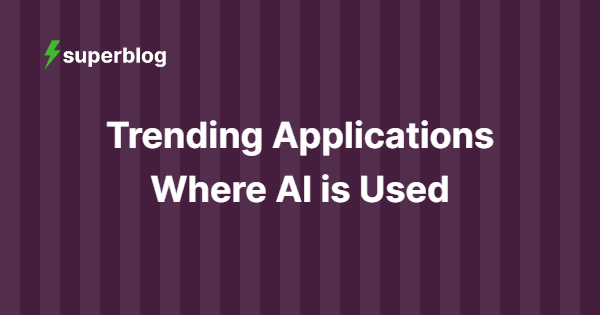Imagine yourself as part of this AI orchestra. You’re a talented musician, capable of creating beautiful music on your own. But now, you’re surrounded by AI instruments that can play faster, more precisely, and seemingly without fatigue. It’s tempting to let them take the lead, to sit back and enjoy the effortless performance. But what happens to your own skills if you always defer to the AI?
This is the crux of the AI collaboration dilemma. On one hand, AI offers unprecedented opportunities to enhance our capabilities, streamline our workflows, and push the boundaries of what’s possible. It’s like having a tireless assistant always ready to lend a hand, offering suggestions, and filling in the gaps in our knowledge.
Consider how AI writing tools can help authors overcome writer’s block, or how AI-powered diagnostic systems can assist doctors in identifying rare conditions. These are examples of true collaboration, where human expertise is augmented, not replaced, by artificial intelligence.
However, the line between augmentation and dependency can be razor-thin. It’s all too easy to become overly reliant on AI, gradually ceding more and more control to these digital helpers. Before we know it, we might find ourselves unable to perform certain tasks without AI assistance, our own skills atrophying from disuse.
Think about how reliant we’ve become on GPS navigation. Many of us can no longer read a paper map or navigate unfamiliar territory without the constant guidance of our smartphone apps. While this technology has undoubtedly made travel more convenient, it has also diminished our natural sense of direction and spatial awareness.
The stakes are even higher in professional settings. In fields like software development, AI coding assistants are becoming increasingly sophisticated. While they can dramatically boost productivity, there’s a risk that junior developers might lean too heavily on these tools, failing to develop a deep understanding of programming fundamentals.
Similarly, in creative industries, AI-generated content is becoming more prevalent. While these tools can spark inspiration and streamline production, there’s a danger that human creativity could be stifled if we always defer to AI-generated ideas.
So, how do we strike the right balance? How can we harness the power of AI without becoming overly dependent on it?
The key lies in mindful integration. We must approach AI as a partner, not a replacement. It’s crucial to maintain and develop our core skills, using AI as a tool to enhance our capabilities rather than substitute them. This means setting boundaries, knowing when to rely on our own judgment, and continuously challenging ourselves to grow beyond what AI can offer.
Education and training will play a vital role in this balancing act. As AI becomes more prevalent, it’s essential that we teach not just how to use these tools, but also how to think critically about their application and limitations. We need to foster a generation of professionals who are AI-literate but not AI-dependent.
Moreover, we must remain vigilant about the ethical implications of AI integration. As we delegate more decisions to AI systems, we need to ensure that human values, creativity, and ethical considerations remain at the forefront.
In conclusion, the AI orchestra offers a tantalizing vision of enhanced productivity and innovation. But like any powerful tool, it requires careful handling. By maintaining our own skills, thinking critically about AI’s role, and fostering a culture of mindful integration, we can create a true harmony between human and artificial intelligence. In this symphony, AI amplifies our abilities without drowning out our unique human contributions, creating a richer, more nuanced performance than either could achieve alone.

